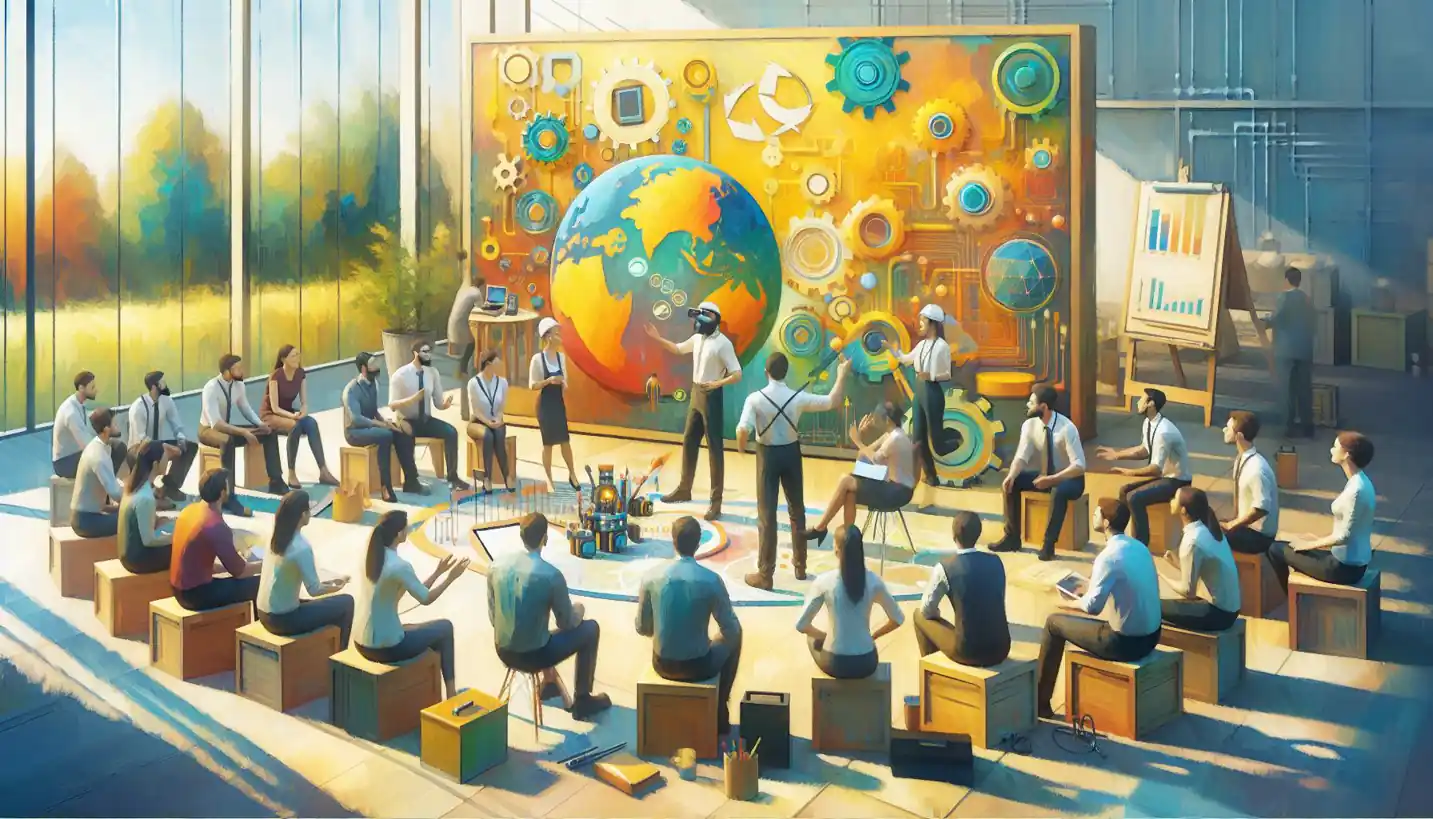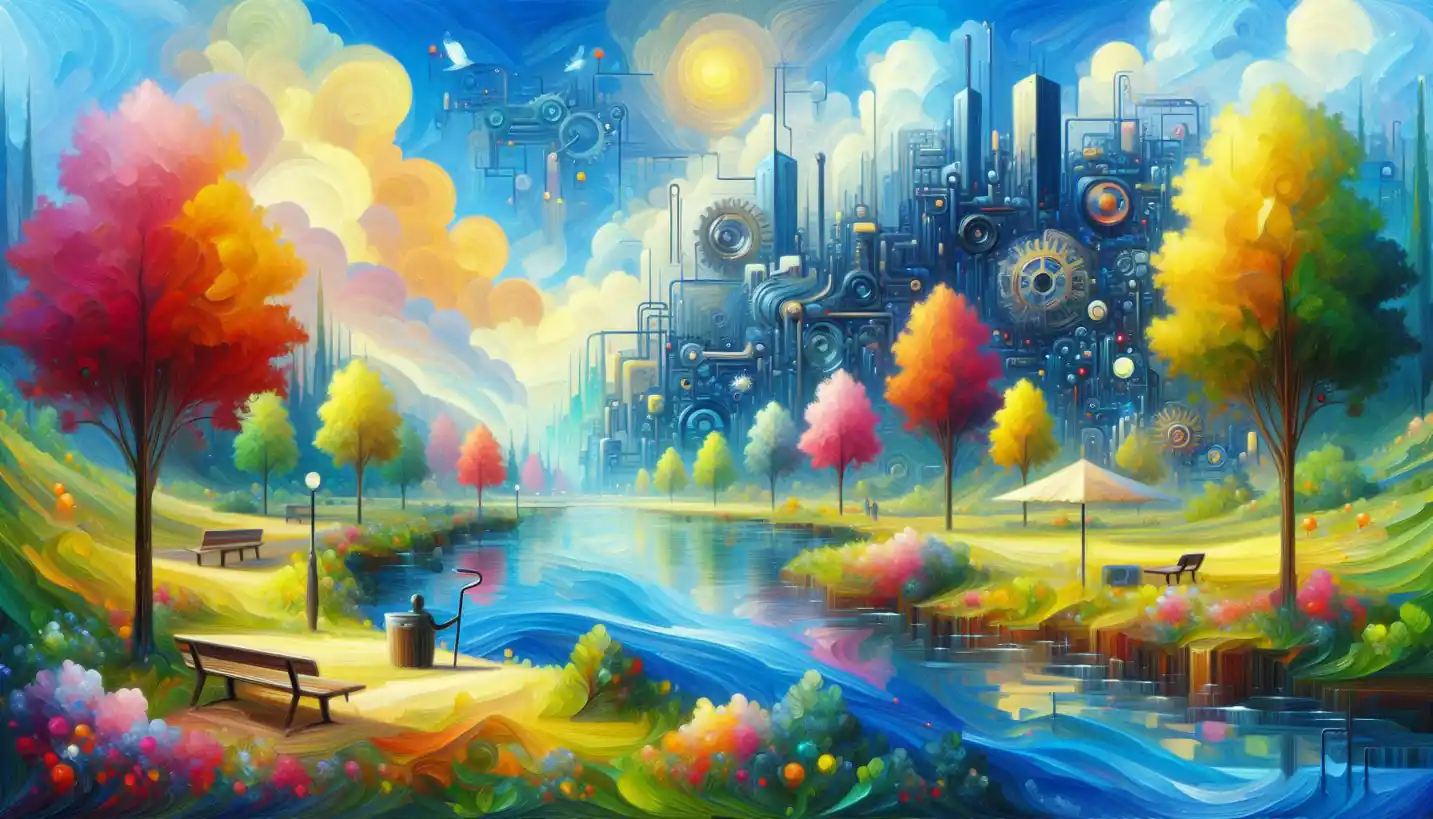· Engineering · 5 min read
Rainwater Harvesting: A Gateway to Sustainable Architecture
Rainwater harvesting in architecture transforms rain into a resource. It supports sustainability by reducing water dependency and waste.

Rain falls from the sky as one of nature’s simplest gifts, yet it holds a profound potential to revolutionize how we think about architecture and sustainability. Picture a world where buildings capture and utilize this natural resource effectively, easing the burden on municipal water systems while enhancing local environments. This is the promise of rainwater harvesting in architectural engineering—a concept focused on sustainability and resource efficiency.
Humans have been collecting and using rainwater for centuries. In ancient civilizations, ingenious systems were designed to channel and store rainwater for daily use. From simple earthen tanks in India to elaborate Roman aqueducts, these systems reveal how harvesting rainwater isn’t a new idea but rather a time-tested solution to water scarcity.
Rainwater harvesting involves capturing rain that falls on rooftops and other surfaces, storing it, and using it for various needs like irrigation, flushing toilets, and even drinking if properly treated. It’s like having a backup supply of water drawn from nature’s bounty. The concept has gained renewed interest in the face of growing environmental challenges, such as water shortages and climate change, that make sustainable practices increasingly necessary.
How Does Rainwater Harvesting Work?
Think of rainwater harvesting as a giant, natural catchment system. When rain falls on a building’s rooftop, instead of letting it flow into a gutter and out to the street, it can be directed into a collection system. This often includes a series of gutters and downspouts that channel the water into a storage tank. The storage tanks can vary in size depending on the amount of rainfall and water needs.
Once collected, the water goes through a filtration process to remove debris and any contaminants. This makes it suitable for different uses. In more advanced systems, additional treatment processes can render the water safe for drinking.
Benefits of Rainwater Harvesting
Now, you might wonder why this concept is so pivotal, especially in the field of architectural engineering. To start, rainwater harvesting significantly reduces demand on local water systems. During heavy rain, our cities and towns can experience excess water that strains stormwater infrastructure. By capturing rainwater, buildings can alleviate this pressure, reducing flood risks and preventing water wastage.
For homeowners and businesses, this can mean lower water bills, as they’re using collected rainwater for non-potable purposes like gardening or toilet flushing. It’s a practical demonstration of how small actions can lead to substantial savings.
Moreover, rainwater harvesting promotes self-sufficiency. During periods of drought or water restrictions, having a stored water supply can maintain essential usage and reduce dependency on municipal water. This aspect of sustainability is incredibly significant in regions prone to water scarcity.
Designing Buildings for Rainwater Harvesting
Architectural engineering plays a crucial role in designing buildings that maximize rainwater harvesting potential. In essence, it requires thoughtful planning and innovation.
Rooftop Design and Material
One of the first considerations is the rooftop design. Sloped roofs tend to collect rainwater more efficiently, guiding it naturally toward collection systems. However, flat roofs can also be engineered for rainwater capture with clever design adjustments. The material of the roof is also critical—non-toxic and non-leaching materials ensure that the collected water is safe for various uses.
Storage Systems
Once rainwater is captured, it needs to be stored properly. Tanks can be placed above ground or buried underground, depending on space availability and aesthetic preferences. Engineers must consider the optimal size and location of these tanks to effectively manage storage without disrupting the building’s functionality or design.
Integrated Systems
Modern buildings are moving toward integrated systems that don’t only capture rainwater but also use it intelligently within the building. For example, smart technologies can monitor and regulate water levels, ensuring efficient use for irrigation, greywater systems, and more.
Challenges and Considerations
While rainwater harvesting is a promising approach, it does come with challenges that architects and engineers must navigate.
Regulations and permits can vary significantly depending on the region. In some areas, strict guidelines govern how rainwater systems can be implemented, affecting design and cost. Additionally, maintenance is an important factor—systems need regular checks to ensure efficiency and cleanliness, which can influence long-term costs.
There’s also the initial investment. While rainwater systems tend to pay off over time with savings on water bills, the upfront costs can be substantial, especially for advanced systems. Architects and engineers must weigh these considerations and find balance in design efficiency and financial feasibility.
The Future of Rainwater Harvesting
Looking ahead, the sky is literally the limit when it comes to rainwater harvesting. With increasing urbanization, the demand for smart cities that incorporate sustainable practices is growing. Rainwater harvesting can play a significant role in these developments, redefining urban water management and encouraging environmentally responsible building designs.
Furthermore, advancements in technology and materials could make rainwater systems more efficient and accessible. Imagine buildings with façade panels that channel rain, or even community-wide networks where multiple buildings share integrated rainwater systems.
Conclusion
Rainwater harvesting represents a blend of ancient wisdom and modern innovation. For architectural engineers, it’s a chance to align building designs with the planet’s natural rhythms, creating structures that are as resourceful as they are resilient. When we think of rain not just as water, but as an opportunity to engineer sustainability, we open the door to a future where cities not only thrive but also nurture the world around them.
A simple drop of rain may not seem like much, but with the right creativity and engineering, it becomes a crucial component of sustainable living. It’s more than just a technique—it’s a philosophy for the structures of tomorrow.


